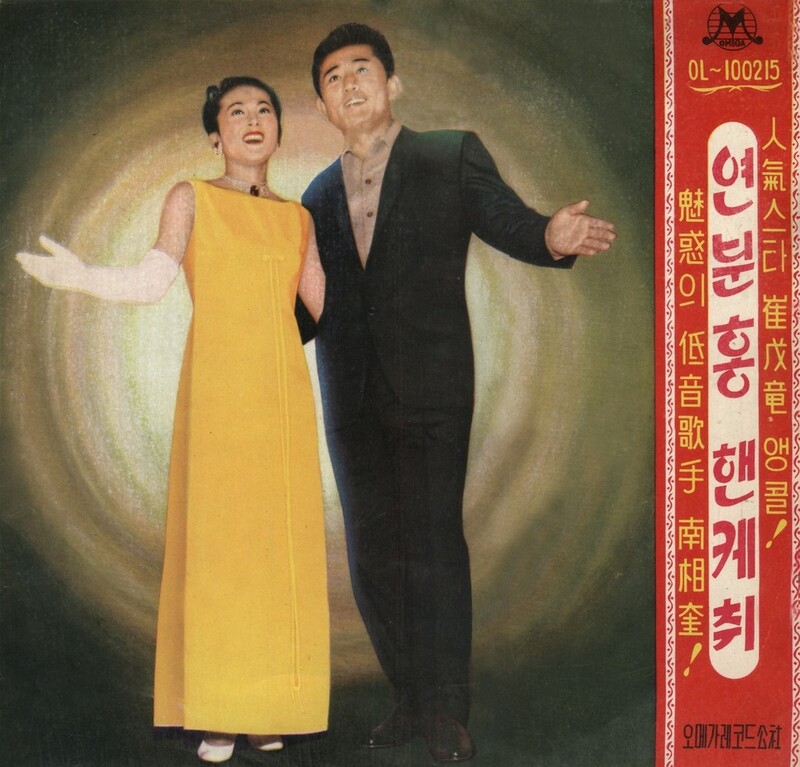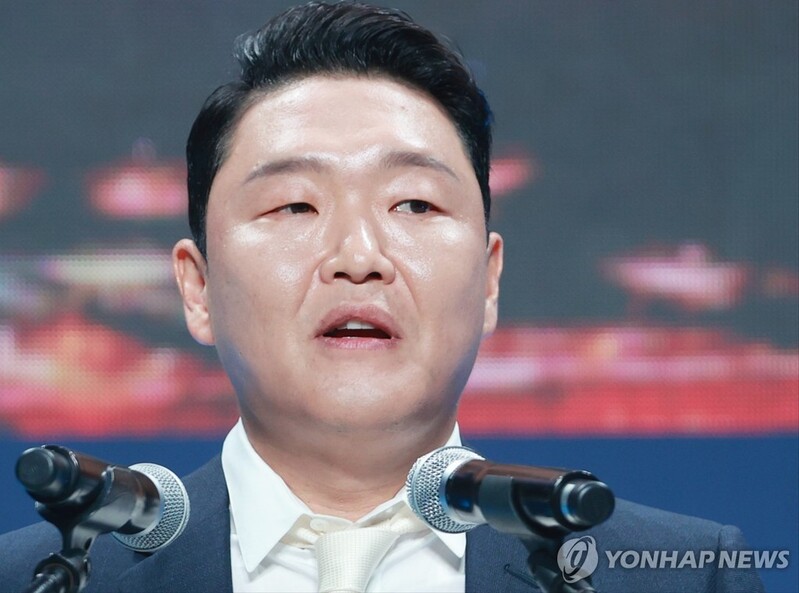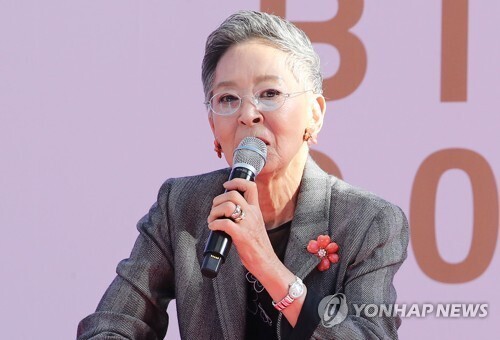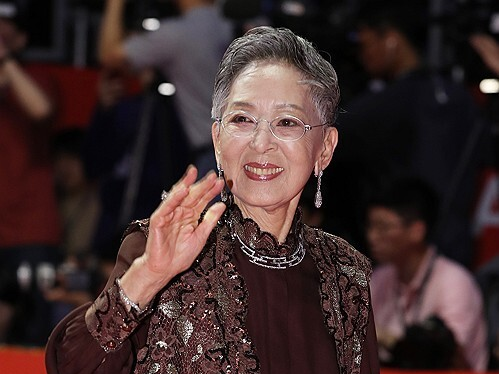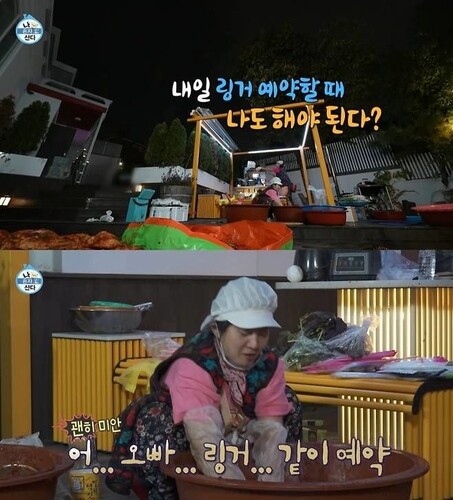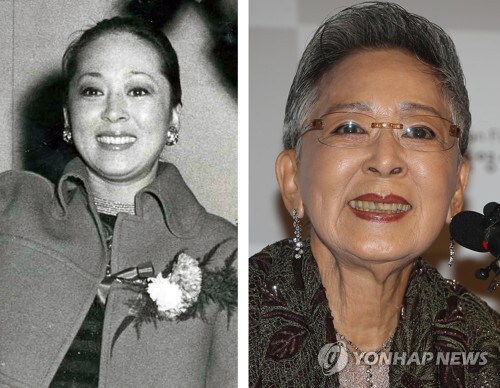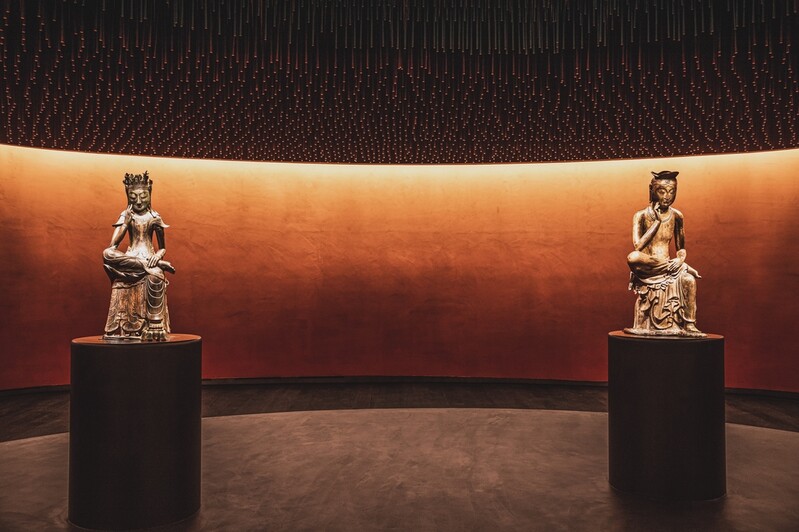 |
| ▲ This photo, provided by 101 Architects, shows two gilt-bronze Buddhist statues of "Bangasayusang (Pensive Maitreya Bodhisattva)" displayed side-by-side. (PHOTO NOT FOR SALE) (Yonhap) |
SEOUL, Nov. 19 (Yonhap) -- Two gilt-bronze Buddhist statues of "Bangasayusang (Pensive Maitreya Bodhisattva)," South Korea's two national treasures, are welcoming visitors side by side for the first time in six years.
This is the first time for both statues to be solely unveiled as a permanent exhibition at a dedicated display space.
Over the years, the Buddhist statues have either been on display alternately or at the same time only for special exhibitions. There were only three times in 1986, 2004, and 2015 where the two pieces were temporarily displayed together at an independent space.
The National Museum of Korea in Seoul created a 439㎡sized space named the "Room of Quiet Contemplation" on the second floor of the Permanent Exhibition Hall and has opened it to the public from Nov. 12.
The gilt-bronze statues express a contemplative pose, with one leg resting on the other knee and fingers placed against the cheek. This pose is said to have represented the appearance of Prince Siddhartha, who was immersed in meditation while contemplating human life.
The renowned Buddhist sculpture was first made in Gandhara, an ancient region in South Asia, but became widely popular in Korea as well. Both statues at the National Museum of Korea are believed to have been completed in the sixth or seventh century during Korea's Three Kingdoms Period, and are considered the best example of the religious sculpture due to elaborate techniques.
"We will make the Pensive Bodhisattva Statues a representative brand of the museum," Director-General Min Byoung-chan of the National Museum of Korea said at a press conference in February. "We will display the two pieces together in the best space that encompasses both traditional and modern aspects."
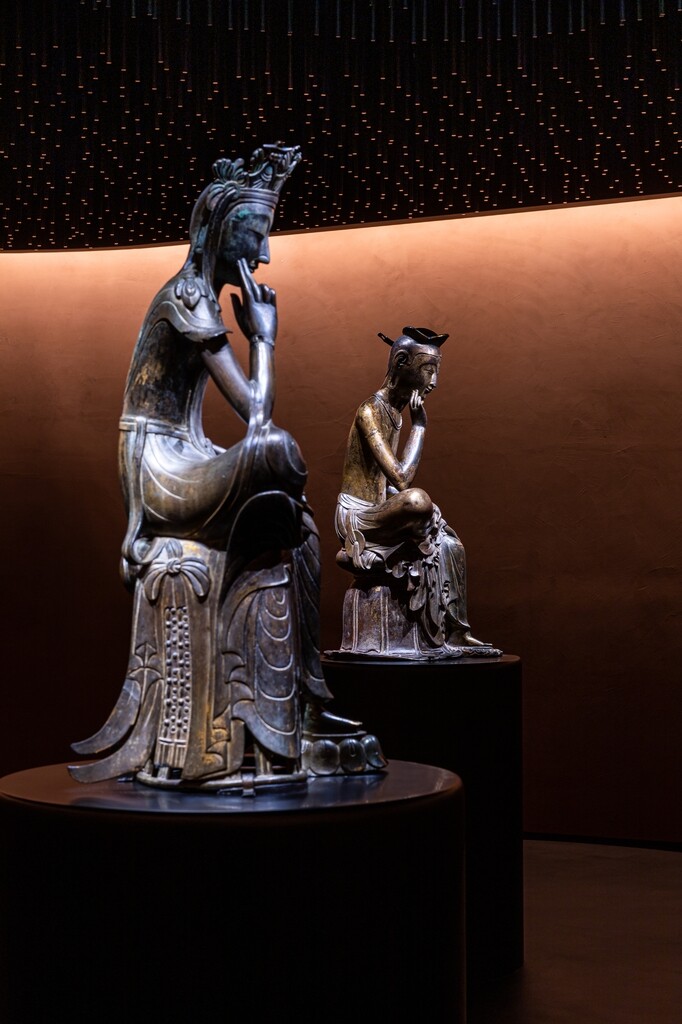 |
| ▲ Two gilt-bronze Buddhist statues of "Bangasayusang (Pensive Maitreya Bodhisattva)," South Korea's national treasures, are unveiled at the National Museum of Korea's permanent display space, called the "Room of Quiet Contemplation," on its second floor. (Yonhap) |
In the "Room of Quiet Contemplation," the two national treasure statues will be placed side-by-side with a certain distance in between, just like it was displayed six years ago. There are no glass cases surrounding the pensive bodhisattva statues so visitors that can fully appreciate the beautiful sculptures from all sides.
The exhibition space was designed in collaboration with Choi Wook, head architect at 101 Architects. Before seeing the Buddhist statues, Choi envisioned a dark passageway to bring focus to the sculptures, a slightly tilted floor and walls, and a glittering ceiling to feature a dreamy atmosphere separated from the real world.
 |
| ▲ This photo, provided by 101 Architects, shows two gilt-bronze Buddhist statues of "Bangasayusang (Pensive Maitreya Bodhisattva)" displayed side-by-side. (PHOTO NOT FOR SALE) (Yonhap) |
“I tried to create a space that integrates with the energy emanating from the pensive bodhisattva statues,” Choi said. “I hope that the memories that have accumulated in these statues over more than a millennium will gradually rise to the surface and inspire future generations.”
Shin So-yeon, an associate curator of the Future Strategy Division at the museum, said, "We tried to completely change the conventional methods of exhibiting the statues," adding, "We put our heart and soul into finding the right lighting so that we can fully express the artistry and sublime beauty of the statues."
According to the museum, information panels have been minimized in the gallery to offer a unique viewing experience and allow visitors to "intuitively appreciate the statues without relying on explanations." Additionally, visitors can create their own stories of their "journey of contemplation" while enjoying a full view of the statues on an oval platform.
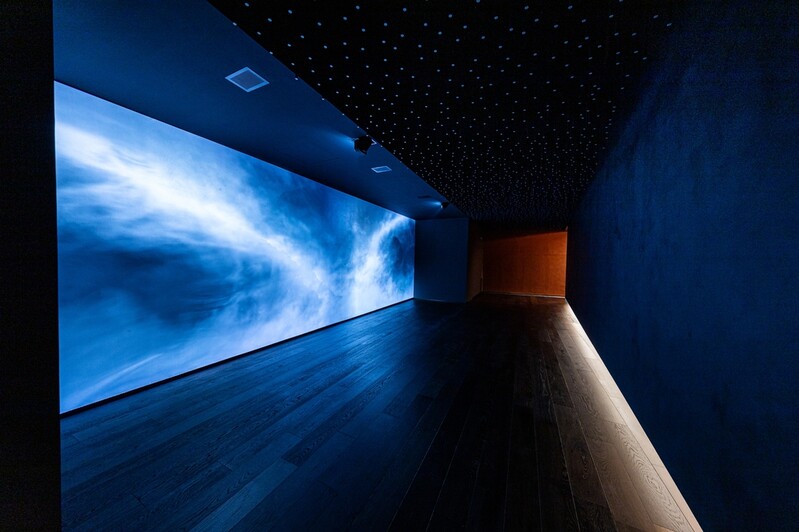 |
| ▲ This photo, provided by the National Museum of Korea, shows the entry way to the "Room of Quiet Contemplation." (PHOTO NOT FOR SALE) (Yonhap) |
Visitors can enjoy the "Room of Quiet Contemplation" for free at any time, however, the number of people allowed to enter may be limited in order to prevent the space from being overcrowded. The Cultural Foundation of the National Museum of Korea has produced various cultural goods inspired by the gilt-bronze statues to commemorate the opening of the Room of Quiet Contemplation.
The two pensive bodhisattva statues, were originally designated as National Treasure No. 78 and 83, but the Cultural Heritage Administration decided to eliminate the cultural property designation number.
Previously, the National Museum of Korea opened a public contest until September to find nicknames for the two statues, but did not select the grand winner. The names that won gold were "Bandi and Banya," "Haearim and Byeolarim" as well as "Geumbi, and Shinbi."
Curator Shin said, "The message this room strives to convey is the true comfort and healing power of culture and art," emphasizing, "You will be able to rest quietly and peacefully in front of the 1,400-year-old Buddhist statues which have a mysterious and mysterious smile."
“Pensive bodhisattva statues on the one hand symbolize deep contemplation of the essence of humanity and the four phases of human life (birth, old age, illness, and death), but on the other hand they symbolize a sense of dynamic progress toward enlightenment. As we try to overcome the challenges of COVID-19, I hope that people can find consolation and refresh their weary minds in the Room of Quiet Contemplation and moreover develop the strength to stand once again," Director-General Min said.
(END)
(C) Yonhap News Agency. All Rights Reserved







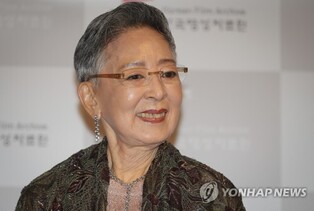
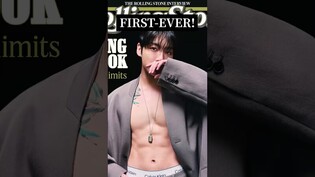
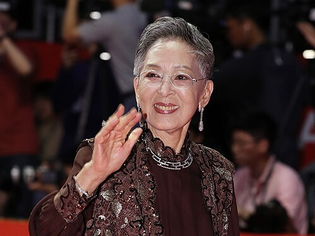
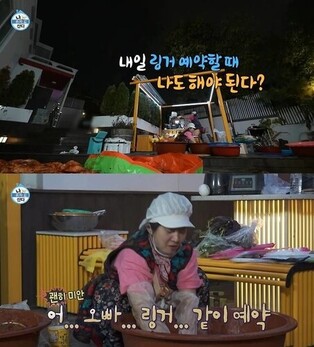
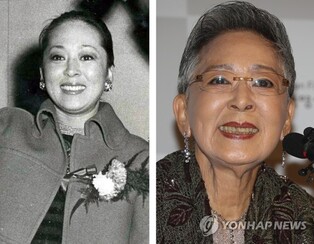
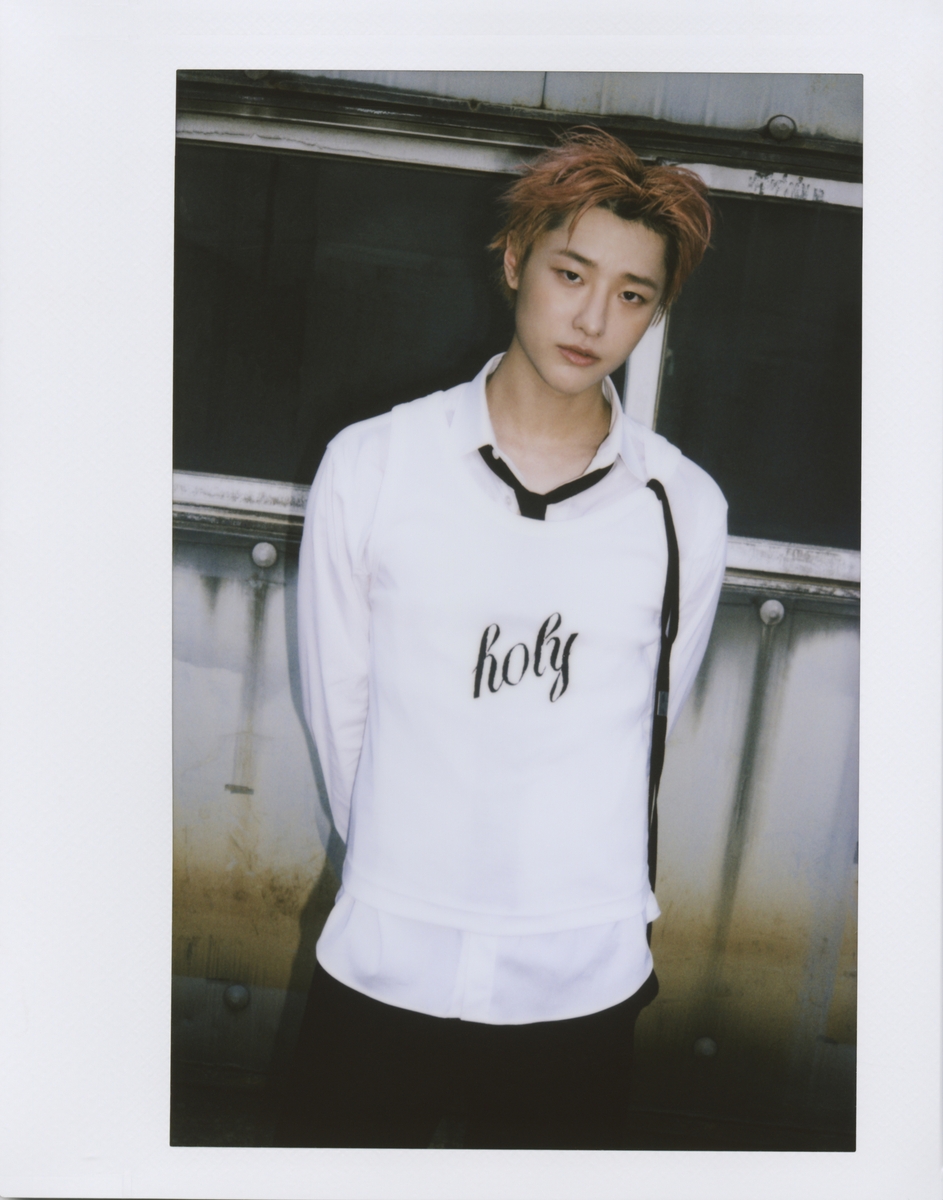
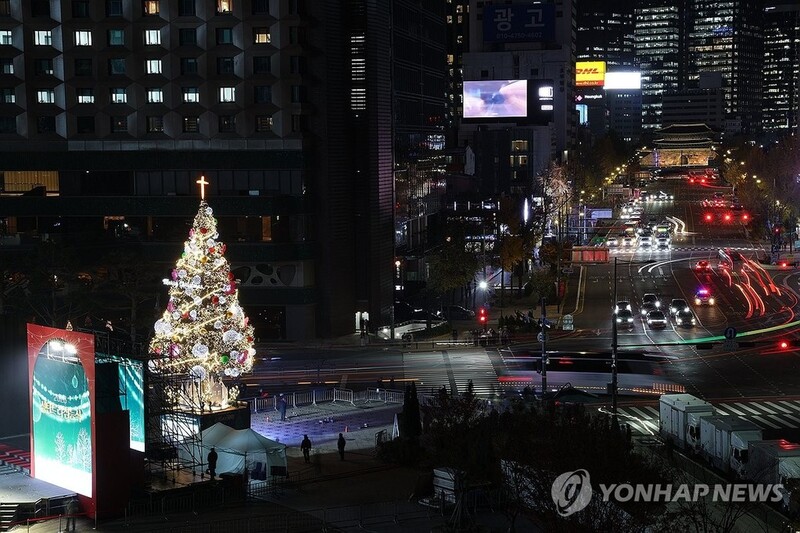
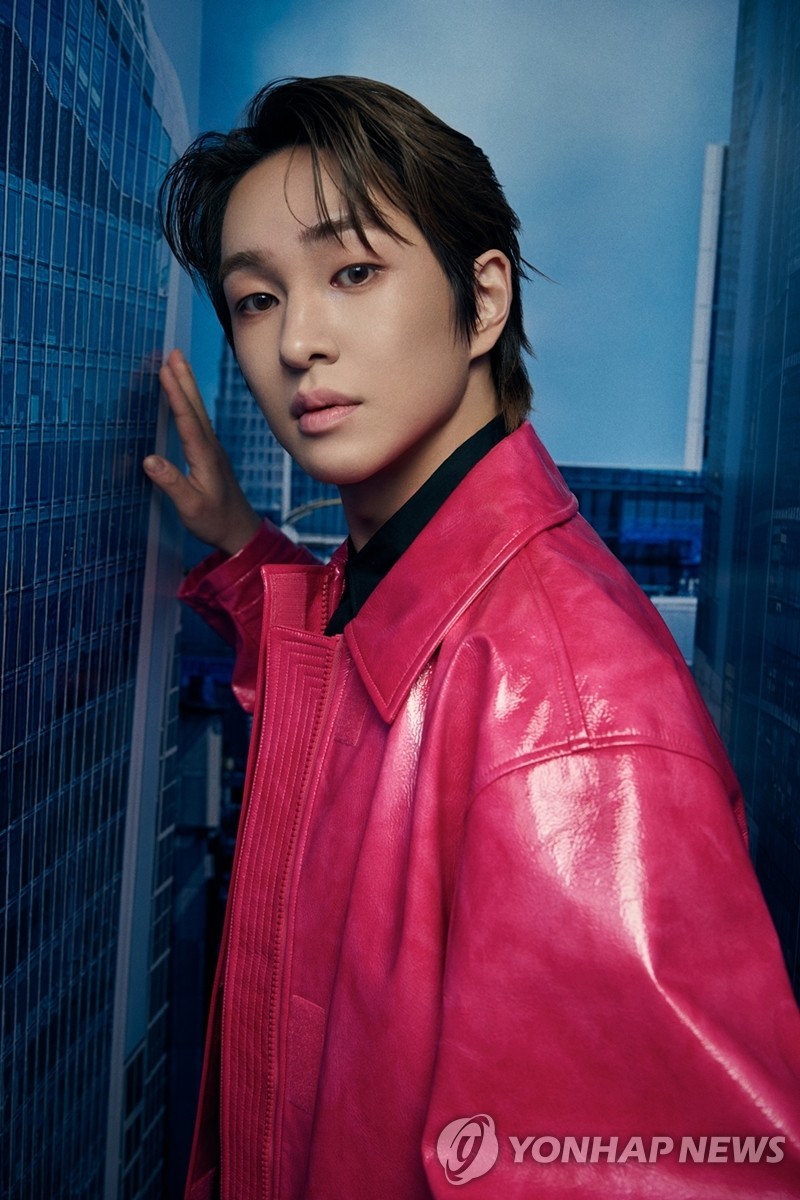
![[가요소식] 10대 싱어송라이터 민서, 데뷔 싱글 '미로'](https://korean-vibe.com/news/data/20251211/yna1065624915952705_742.jpg)
